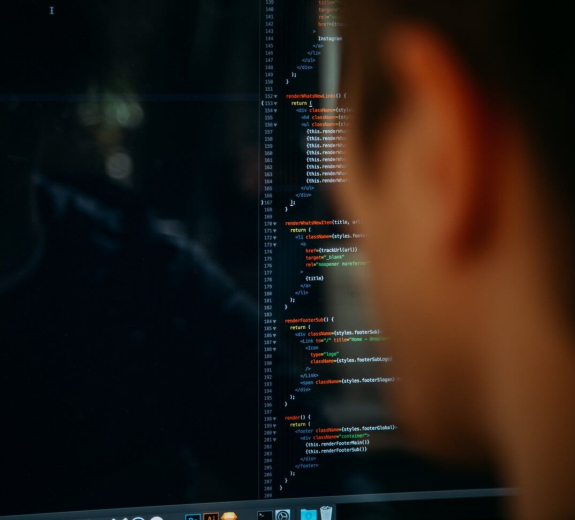A New Immunology Frontier
Dr. Bolouri joined BRI’s growing Systems Immunology Division this year. Much of his work explores why some people have one immune response to an external or internal event, while other people have a different response.
“Why do predispositions to diseases, severity of diseases and responses to treatments vary so much among people?” he asks.
But rather than focus on a particular biological component of the immune system, he and his systems immunology colleagues examine the big picture. They look for patterns and insights about the immune system as a whole, by looking at how its many parts interact.
“We develop and apply computational tools to untangle the many factors that impact human health,” Dr. Bolouri says.
Systems immunology is a fairly new area of study, propelled by the massive amounts of data we can now gather about the immune system.
“Cytometry is a perfect example,” Dr. Bolouri says. “Until recently, you could characterize a sample using half a dozen to a dozen different marker proteins. As a result, we had a fairly coarse-grain view of the immune system. Now we can track 50 or 60 proteins at once, and we can look at millions of cells. In turn, we are discovering new immune cell types and new behaviors in well-known immune cell types.”
With the tools available at the beginning of his career, analyzing that much data would be like “sorting through a spreadsheet with 50 or 60 columns and millions of rows,” he says. “Thankfully, along with the power to generate immense sets of data, we’ve also developed powerful ways to compile and compute it.”
The Road to BRI
Dr. Bolouri’s career to date includes teaching and research positions. He first entered academia as a professor at the University of Hertfordshire (U.K.), followed by faculty roles at the Institute for Systems Biology and Caltech. Most recently, he was director of informatics and computational biology at the Allen Institute for Immunology.
Prior to the Allen Institute, Dr. Bolouri was a research full member at Fred Hutch’s Division of Human Biology. He and his collaborators specialized in studying how the immune system is hijacked by some cancers — and how it can be reawakened to destroy tumor cells.
In one recent paper highlighted in the NIH Director’s Blog, Bolouri and his collaborators showed that a particular type of immune cell called a neutrophil, when interacting with lung cancer cells, can actually prevent other immune cells from going after the cancer. In another recent paper, Bolouri and his collaborators showed that, in some diseases, the immune system works exactly as expected, but becomes stuck in a battle neither side can win.
“We are learning that many different things can go wrong in the immune system, but we still don’t know exactly why or how,” he explains. “It just goes to show you how complex the immune system is and how many factors we have to study to understand it.”
Into the Unknown, Together
Dr. Bolouri is excited to continue unlocking the immune system’s secrets at BRI, where Peter Linsley, PhD, has built the Systems Immunology Division into a cutting-edge force for discovery.
“Peter embraced systems biology right when it was starting,” Dr. Bolouri says. “So, on top of BRI’s unique and large-scale biorepositories, we now have outstanding technological resources and human expertise. This powers real progress in understanding and treating immune disorders.”
Will that enable new treatments and cures?
“Absolutely,” he says, “but the devil is in the details, and there are many, many details still to work out.”




